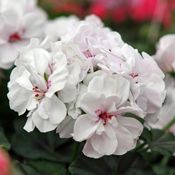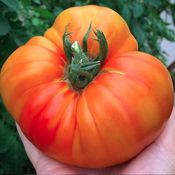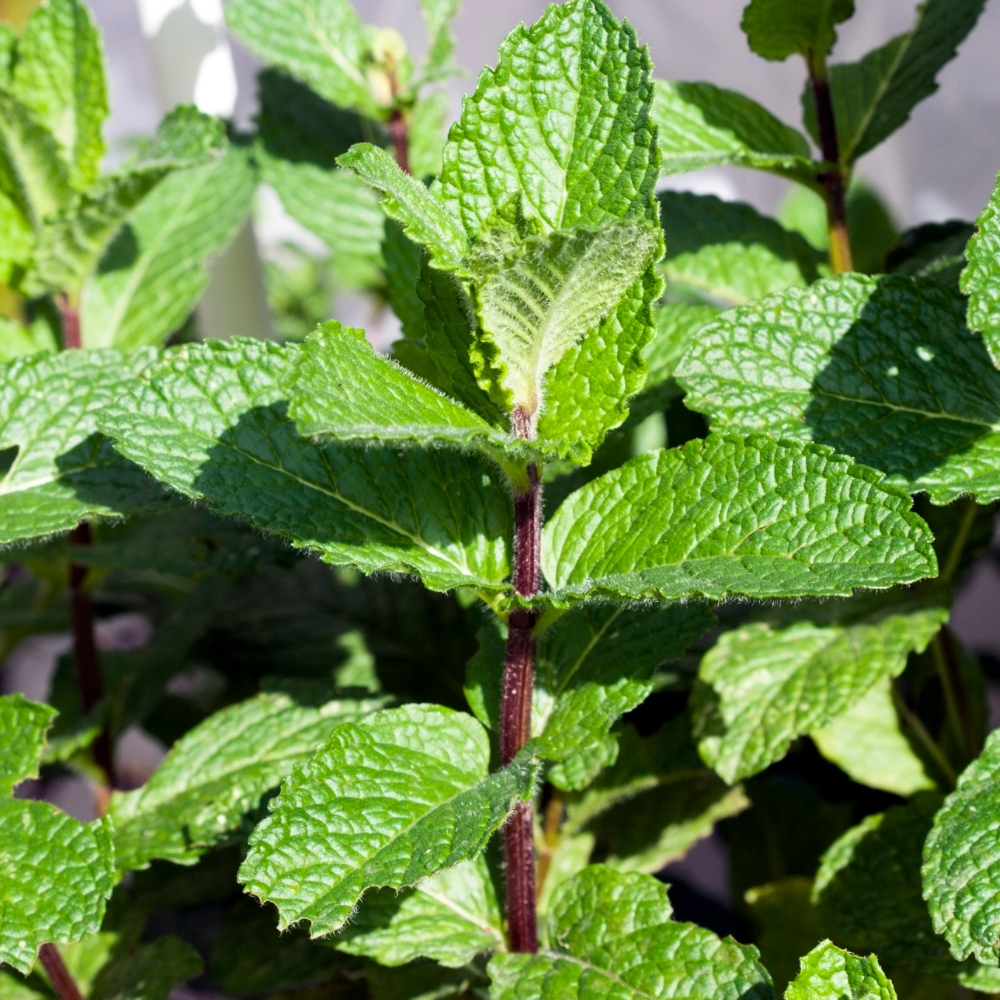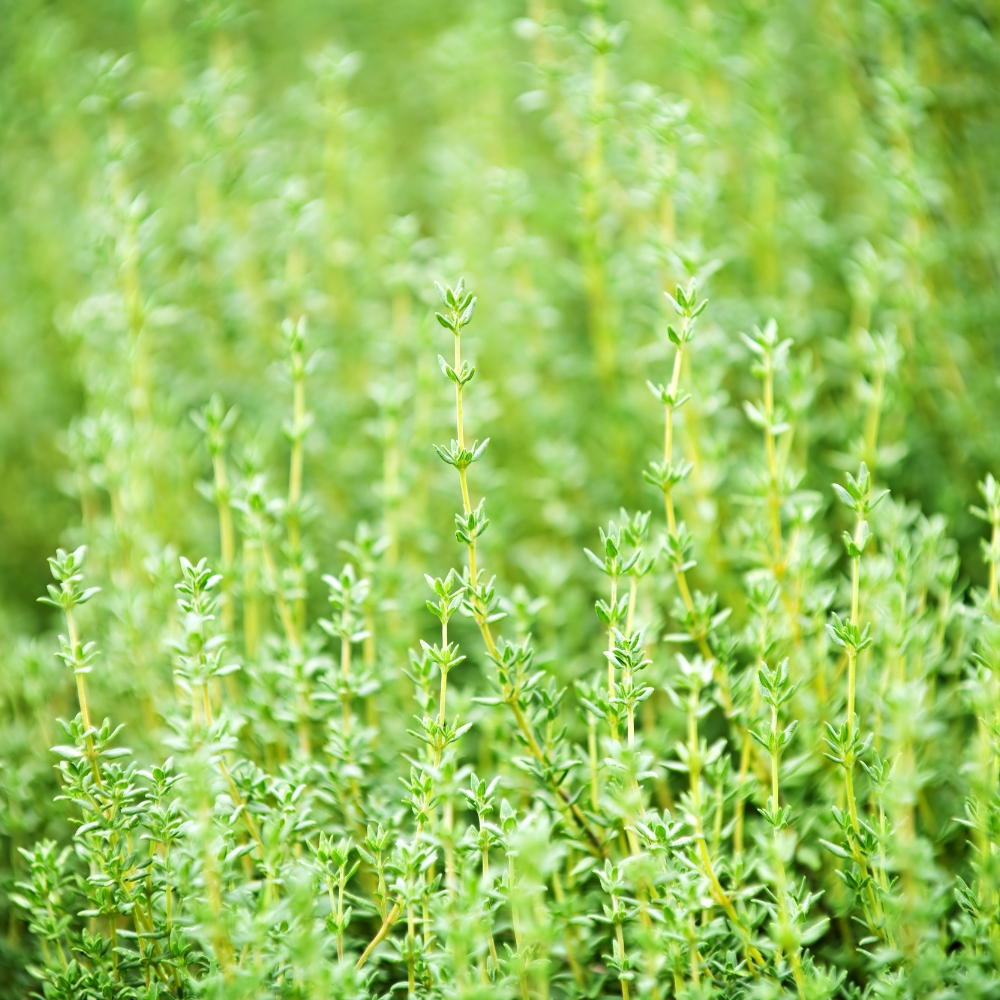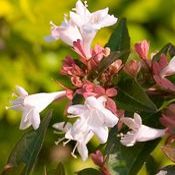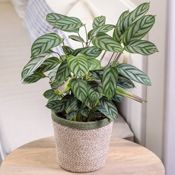We all know that certain foods taste delicious together, like basil and tomatoes. But did you know that basil and tomatoes grow well together, too? Companion planting—combining different species of plants to benefit one another in the garden, is a long-practiced, organic gardening technique.
In your U.S. History class, you may have learned that Native Americans grew food for a balanced diet in a single hill. By planting corn, beans, and squash together on a mound, they maximized their harvest in a minimal amount of space. The practice became known as a “Three Sisters Garden.” The plants proved to be mutually beneficial. The tall corn supported the climbing beans. The beans added nitrogen to the soil, which provided nutrients for the corn. And the low-growing squash vines served as a living mulch, preventing weeds while retaining moisture.
Companion planting is a great way to pack a lot of veggies into a small space, but it also serves so many other purposes in an organic garden.

Companion Planting Deters Pests
Scent attracts many pests to their host plants, which are plants that support the life of another living entity; in this particular case, we are talking about insects. Insects lay eggs on their host plant, knowing that the plant will provide food for the newly hatched larvae. When you plant strongly scented herbs and flowers among crops in the vegetable garden, pests become confused as to where their host plant may be…confused bugs will leave your harvest alone, looking for a host plant in someone else’s garden.
To protect your harvest —Try these companion plantings to repel pests:
- Garlic or garlic chives, planted with roses will repel Japanese beetles and aphids.
- Tomato with Asparagus: repels asparagus beetle.
- Radish with Cucumbers: radish flowers serve as a trap crop for cucumber beetles. A trap plant will lure damaging pests away from nearby crops; this is also called a ‘sacrificial crop’.
- Basil with Tomatoes: repels hornworms and mosquitoes.
- Nasturtium with Squash: repels squash bugs.
- Mint, Thyme, and chamomile with brassicas: repels cabbage moth.
- Border of thyme or Lavender: repels slugs in the garden.
- Onions with Carrots: repels carrot fly.
- However, French Marigolds win the grand prize as a companion plant champion. They deter Mexican bean beetles, aphids, potato bugs, squash bugs, and nematodes (microscopic roundworms in the soil that damage many plants). Marigolds also add a beautiful burst of color to your garden. After all, an organic edible garden should be pleasing to look at too.

Companion Planting Attracts Beneficial Insects
Not all insects are bad. Along with repelling pests in the garden, it is also important to attract beneficial insects. Beneficial insects serve many purposes. For example, bees, butterflies, and some beetles provide pollination, which ultimately will increase your harvest. Besides pollination, many beneficial insects feast on damaging garden pests, making your work much easier. These same insects will negate the need for chemical pest control, saving you money while contributing to environmental safety.
For instance, when you find a tomato hornworm happily snacking on your beautiful heirloom tomatoes, look closely to see if there are small white spikes on its back. Those small spikes are actually killing the hornworm—organically. Parasitic wasps lay eggs on the hornworm, and as the eggs hatch, the larvae (those little white spikes), feed on the hornworm. This eliminates your tomato plant nemesis without an ounce of pesticide. Nature is amazing, isn’t it?
As gardeners, we can minimize destructive pests and eliminate pesticides by encouraging beneficial insects to visit. The trick is to know which insects are the good guys, and what plants to include in the garden to attract these remarkable garden helpers.
List of Beneficial Insects:
- Ladybugs: both the larvae and adults eat aphids, small caterpillars, and eggs laid by garden-damaging pests.
- Braconid wasps: a parasitic beneficial insect, lays its eggs on host insects. When the larvae hatch, they consume the host insect, killing it.
- Hover flies: larvae eat mealybugs, small caterpillars, and aphids.
- Lacewings: larvae eat aphids, small caterpillars, caterpillar eggs, small beetles, and other destructive insect eggs.
- Ground beetles: consume many pests, from asparagus beetles to squash vine borers.
Flowers to Attract the ‘Good Guys’:
How can you recruit an army of organic helpers to keep your garden free of vegetable munching bad guys? Adding flowering plants to your food crop garden attracts beneficial insects that will keep the detrimental pest population low, while inviting pollinators to boost your harvest. Some of these recommended plants serve a dual purpose: attracting beneficial insects, providing attractive flowers and, in some instances, food or beautiful garnishes for you as well.
Our list of recommended plants includes: Dill * Yarrow * Queen Anne’s Lace * Asters * Fennel * Feverfew * Angelica * Cosmos * Sunflowers * Golden Marguerite * Butterflyweed * Tansy * Lemon Balm * Mint
Additionally, if you allow parsley, carrots, and celery to overwinter in the garden, they will produce blossoms the following spring, which are attractive to many beneficial insects.
Try to plant flowers that bloom in each season. In this way, beneficial insects will visit your garden during the spring, summer, fall—and winter in mild climates. Feed your flowers and crops with a balanced fertilizer, like Espoma Flower-tone 3-4-5, to keep your plants healthy and productive.
*Garden tip: plant mint and lemon balm, also a member of the mint family, in containers, as these plants can overtake a garden with their vigorous growth. Then, strategically place those containers throughout your garden.

Companion Planting Increases Harvests While Improving Flavors
While we often think of companion planting primarily as a method of pest control, companion planting will also improve the flavors of your vegetables, and in some cases, will improve yields. For example, in a limited-space garden, combining tall, sun-loving crops, like tomatoes, with shorter plants that enjoy a bit of shade in the heat, such as lettuce, allows the maximum use of space in a 4′ x 4′ raised bed. Add nasturtiums to your garden plot, and now you have beautiful, edible flowers to brighten your meals. Place a trellis for cucumbers along the back edge of the raised bed, and you’ve added another treat for your organic salad. The nasturtiums will entice pollinators to visit. This will increase the yield of your tomatoes and cucumbers. Furthermore, they serve as a trap crop for aphids, also serving to protect your harvest.
Add a few radish seeds near the lettuce. Not only do radishes and lettuce grow quickly, but the lettuce protects the flavor of radishes in summer when they can turn bitter. Add a dill plant or two in the corner and encourage braconid wasps to hunt tomato hornworms for their nursery; you’re protecting the tomatoes while growing an ingredient to add to a homemade salad dressing.
Ready to Get Started
Companion planting packs many benefits into any sized garden. However, it does require a bit of thought about your garden. What crops will you grow? What pests enjoy the same food as you do? Which plants can help you fight off the bad guys while attracting the good guys?
The time you spend planning your garden, to include companion plantings, is well worth it. Adding beautiful, beneficial, flowering plants into your garden plan is much tastier than eating a toxic dressing of pesticide on your produce; don’t you agree?
Besides, creating an organic garden filled with blossoms is an outstanding way to eat healthfully, while saving money and protecting your environment.
































